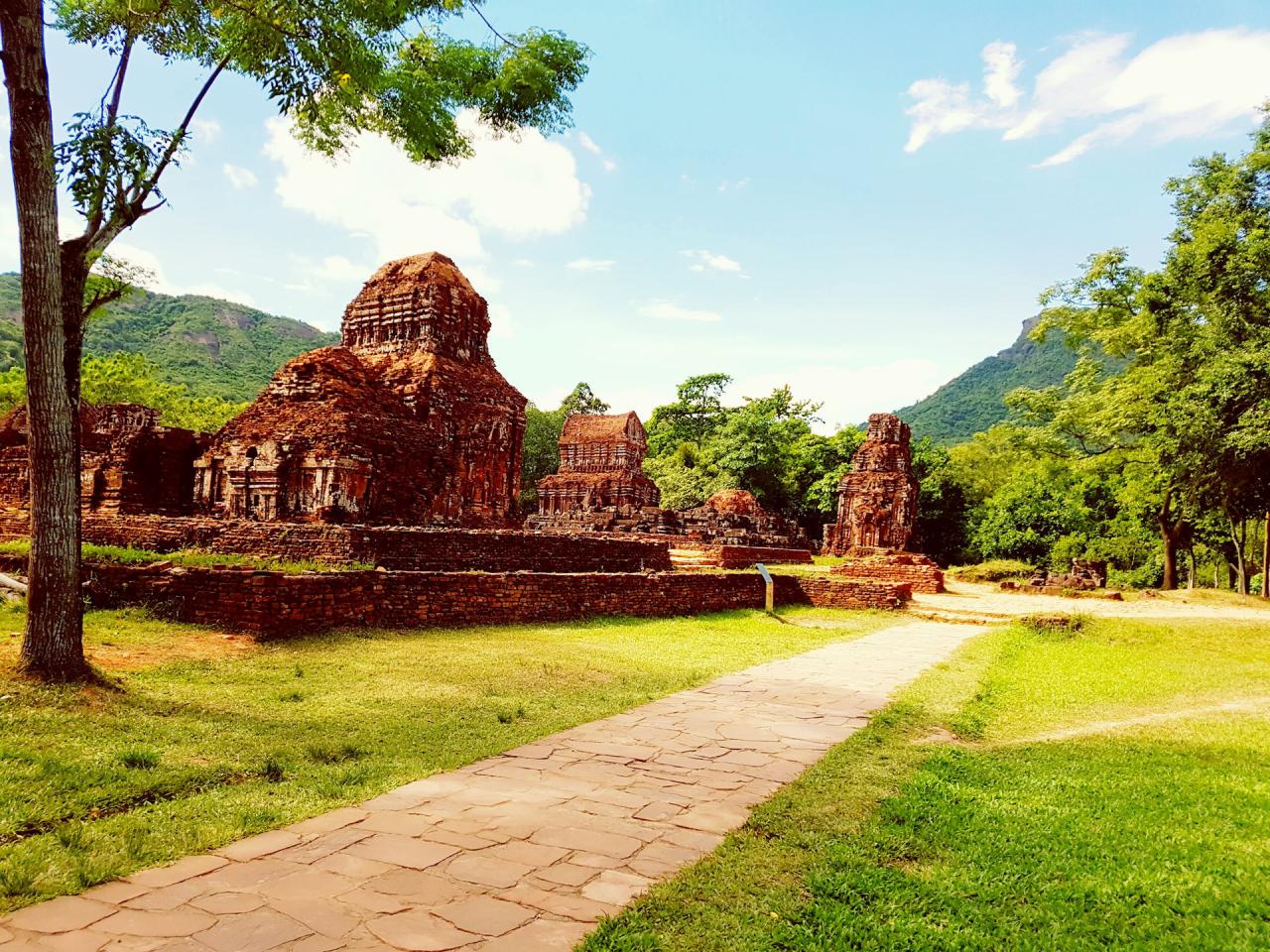
These heritages carry the most typical values of Champa's cultural, historical and architectural landscape. The late Professor Tran Quoc Vuong generalized about the Champa small states including holy lands - citadels - ports - coastal islands, in which the lower Thu Bon River is the most typical model located between mountains and sea with My Son - Tra Kieu - Cua Dai - Cu Lao Cham.
Characteristic cultural space
Only on one side of the southern bank of the Thu Bon River, this land is home to and formed the most important centers of the Amaravati small country, including the Hindu religious center of My Son, the ancient citadel of Tra Kieu, the sacred mountain of Hon Den/Mahaparvata, the Thu Bon River, the port of Trung Phuong, Cua Dai and Cu Lao Cham.
Archaeology over the past 125 years has shown that, based on the Sa Huynh culture, Duy Xuyen land has a continuous history in the pre-Lin Ap period from the 1st-2nd century to Champa (15th century).
Traces of early settlement were found at the Go Cam archaeological site (Duy Trung commune) through the discovery of a burnt house, tiles, egg-shaped jars and many other artifacts dating from the middle to the end of the 1st century. Tra Kieu is less than 3km northwest of Go Cam, the earliest area where the early state of Lam Ap was formed.
From the excavation sites, the cultural layers in Tra Kieu developed continuously from the beginning of the 2nd century to the 5th century and later. The earliest inscriptions and steles were also found in Duy Xuyen. While Vo Canh stele (Khanh Hoa) is still controversial in terms of its age and owner, many inscriptions and steles dating very early have been discovered in Duy Xuyen.
Architectural and artistic imprint
The earliest architecture under the Lam Ap period was found at Tra Kieu citadel. According to analysis of charcoal samples from the excavation pit of the Eastern citadel here, Tra Kieu citadel was built from the second half of the 3rd century to the beginning of the 4th century. This is also one of the earliest remaining architectures in Champa.
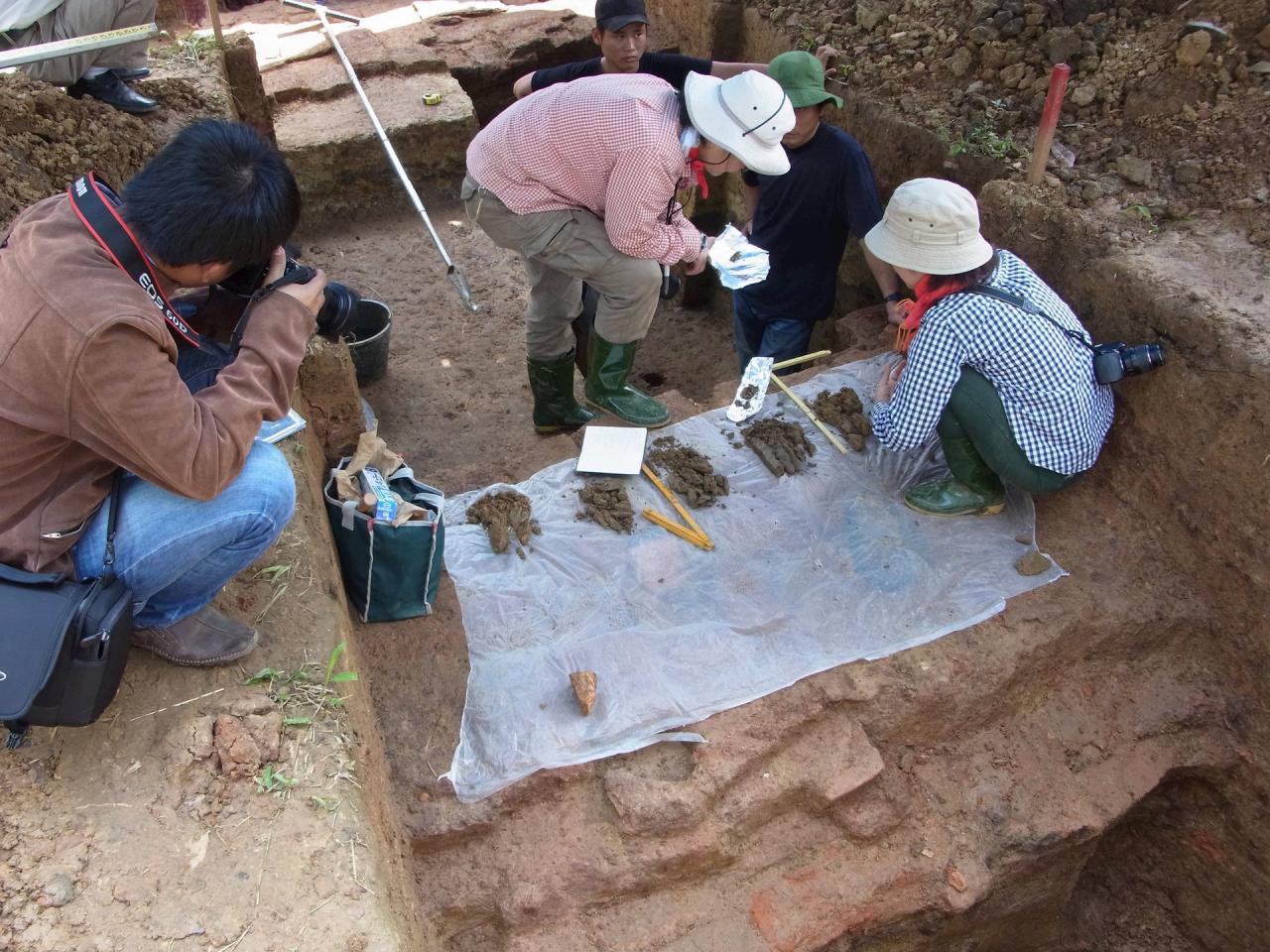
Located to the west of Tra Kieu citadel is the Chiem Son Tay valley, many important architectural traces have also been gradually discovered. At the Go Loi relic, a Mandapa with a system of laterite columns, the only one of Champa architecture to date, can still be seen.
Not far away, the Trien Tranh relic site discovered a large civil architectural complex serving the religious activities of the clergy aristocracy, which was also the first religious architecture discovered.
The My Son temple complex also has the earliest construction history in Champa (around the 4th century). The remaining architectures in My Son date from around the 7th-8th century to the 13th century.
From the architectural style, art and sculpture at E1 temple, to the peak period with the architectural masterpiece My Son A1, and continuing until the last brick temple in Zone H at the end of the 13th century Binh Dinh style, My Son is marked by the architectural and sculptural imprints of Hindu spirit.
These are also marks reflecting the continuous evolution of architecture and art of the Hindu center, which developed for nearly 10 centuries in the My Son valley.
Heritage conservation
The internationalization of conservation work in Duy Xuyen is the most prominent feature compared to Champa heritage in Central Vietnam.
The story at My Son Temple Complex is a testament to this. Experts from the French School of the Far East (EFEO) and Vietnam discovered, excavated and preserved My Son in the first 40 years of the 20th century.
However, the war interrupted the conservation work, forcing My Son relics to be abandoned once again, suffering heavy devastation from nature and war.
After 1975, in cooperation with Polish experts (typically the late architect Kazik), My Son relics were saved and restored. Conservation efforts contributed to My Son relics being listed as a world heritage site in 1999.
After being listed, My Son has received more attention from domestic and foreign organizations and individuals. This relic has received support from Vietnamese and Italian experts for more than 10 years of research and restoration of tower group G, and 6 years with Indian experts to restore groups A, H and gate tower K.
At the Tra Kieu relic site, EFEO experts, led by Jean-Yves Claeys, excavated Tra Kieu in 1927 - 1928. After the 1975 war, most of the excavations were conducted in coordination between Vietnamese experts and international experts from England and Japan.
The conservation efforts of the international scientific community have made an important contribution to preserving the Champa heritage on the southern bank of the lower Thu Bon River.
Duy Xuyen currently has 11 listed and ranked relics. Among them, My Son is a special national relic and a world cultural heritage, Tra Kieu ancient citadel is a national relic and 9 provincial relics. Not to mention, the survey process has recorded more than 20 archaeological sites with traces of Champa culture. Most of them are in the form of ruins, concentrated in My Son valley, Tra Kieu ancient citadel area and Chiem Son valley.
Source: https://baoquangnam.vn/di-san-champa-ben-bo-nam-song-thu-bon-3139073.html



![[Photo] April Festival in Can Tho City](https://vstatic.vietnam.vn/vietnam/resource/IMAGE/2025/4/10/bf5ae82870e648fabfbcc93a25b481ea)
![[Photo] Unique folk games at Chuong Village Festival](https://vstatic.vietnam.vn/vietnam/resource/IMAGE/2025/4/10/cff805a06fdd443b9474c017f98075a4)

![[Photo] Opening of the 11th Conference of the 13th Party Central Committee](https://vstatic.vietnam.vn/vietnam/resource/IMAGE/2025/4/10/f9e717b67de343d7b687cb419c0829a2)

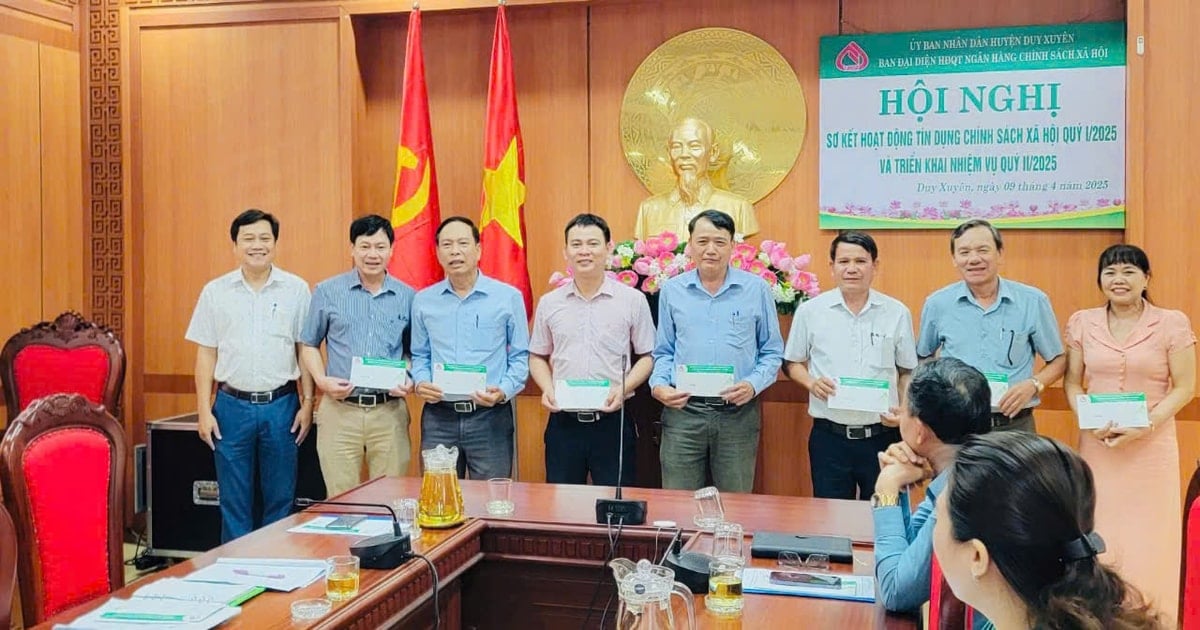
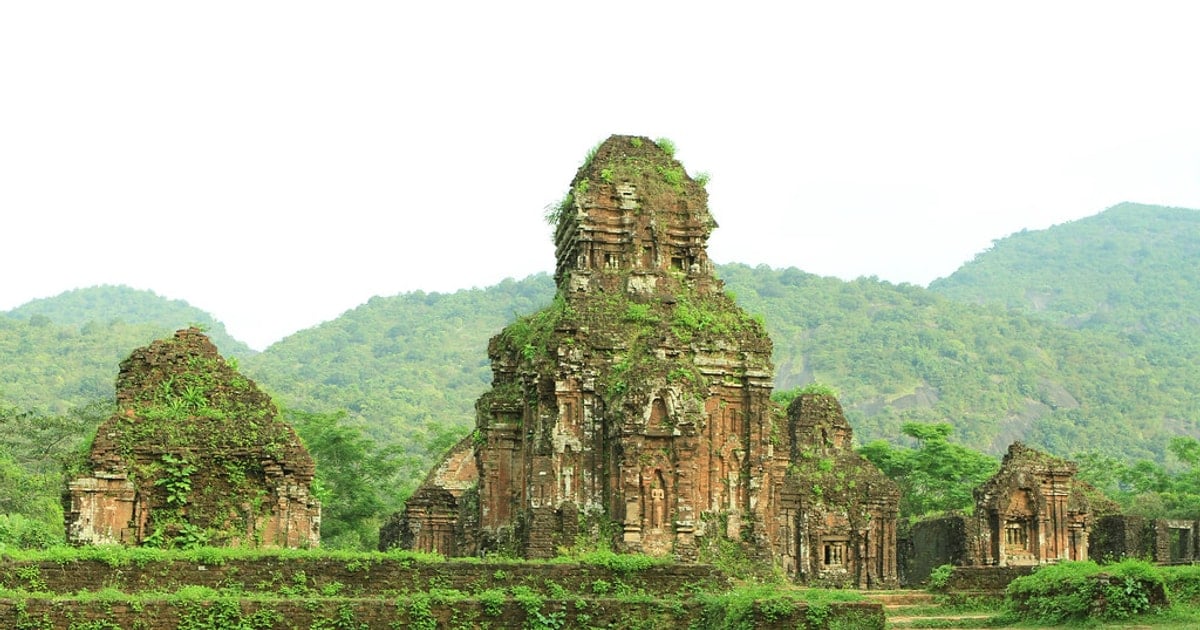


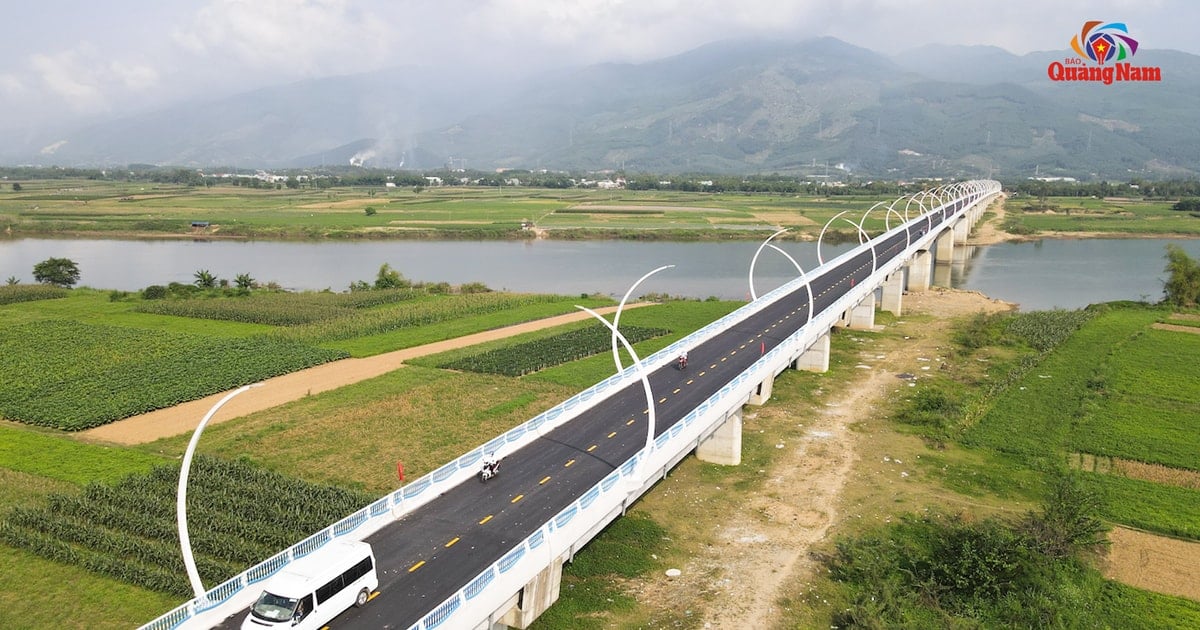
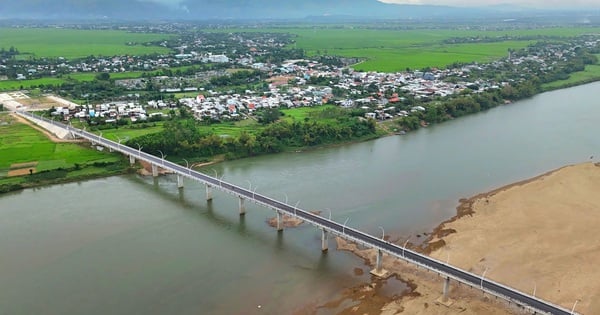

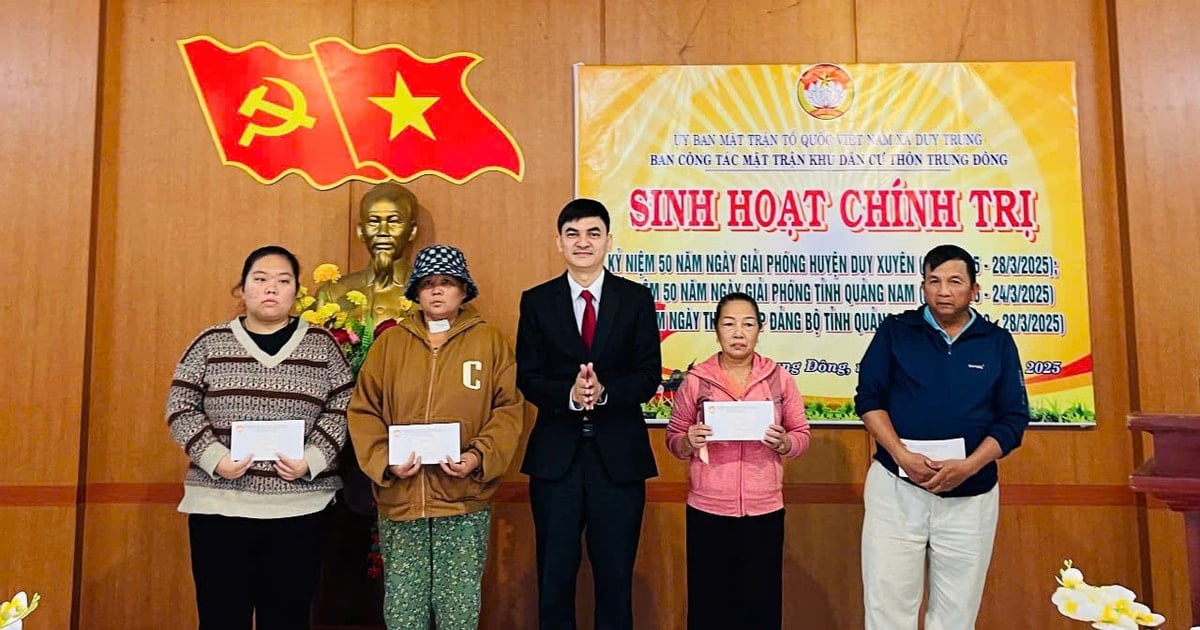
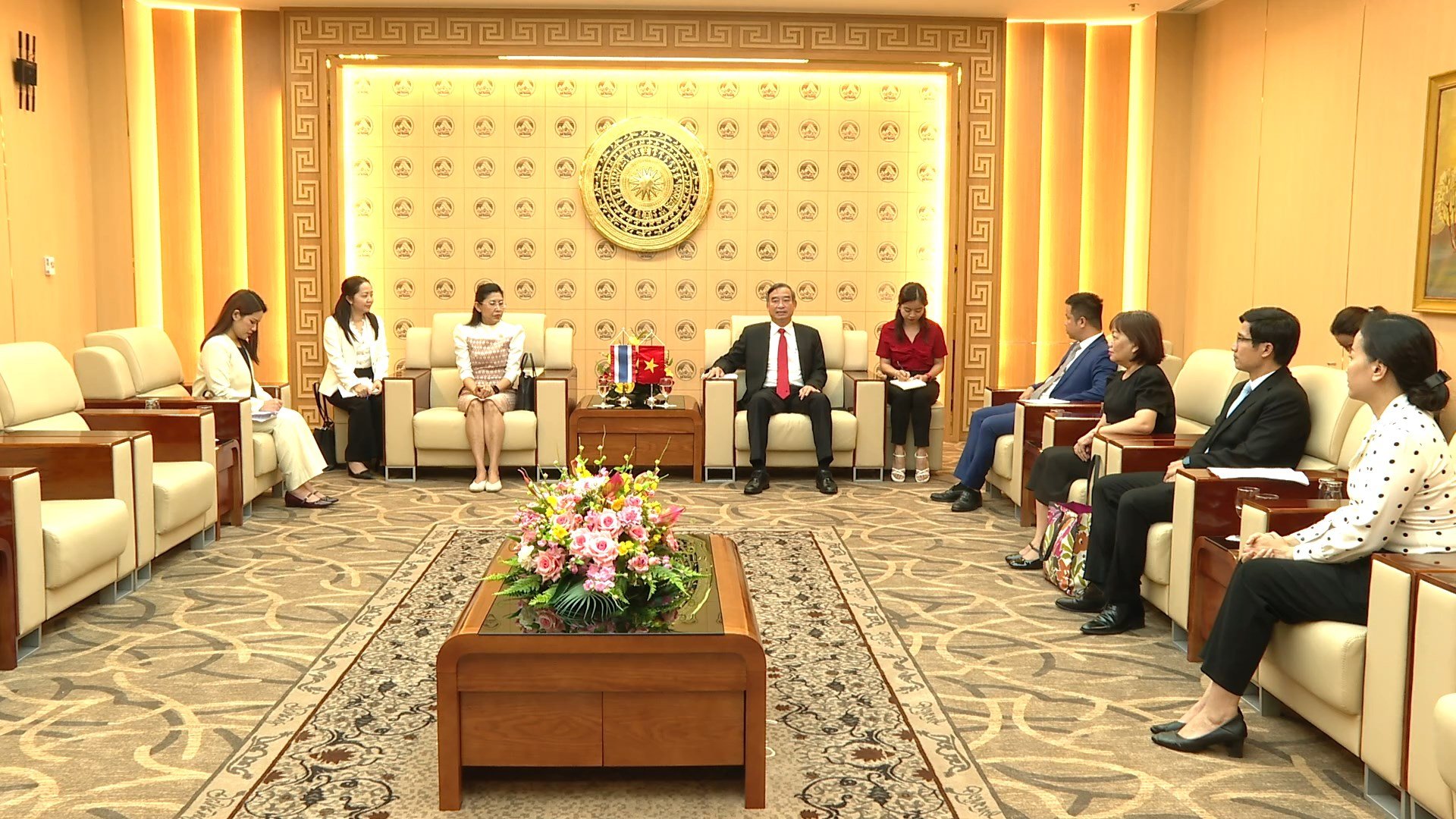
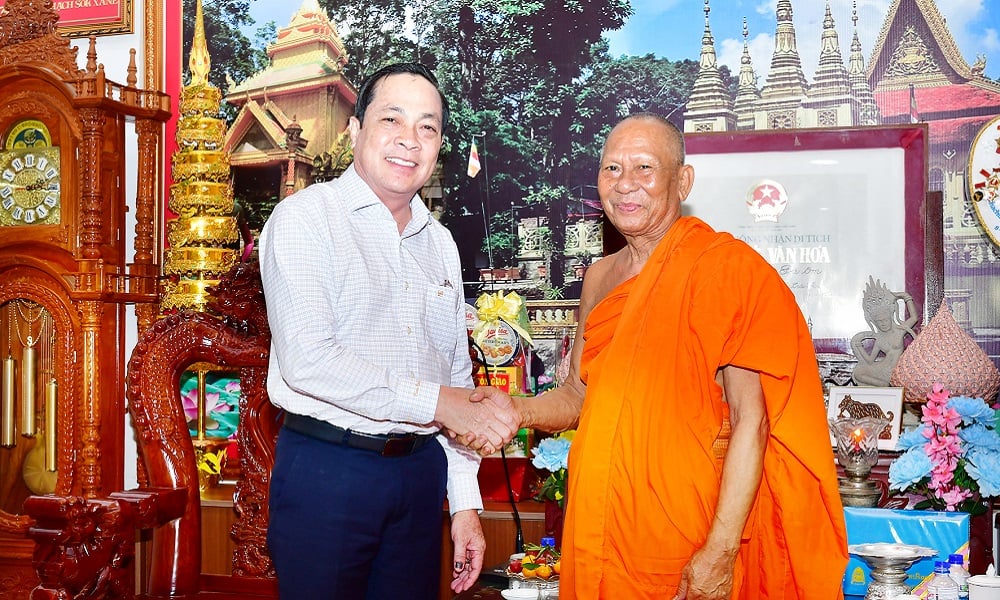
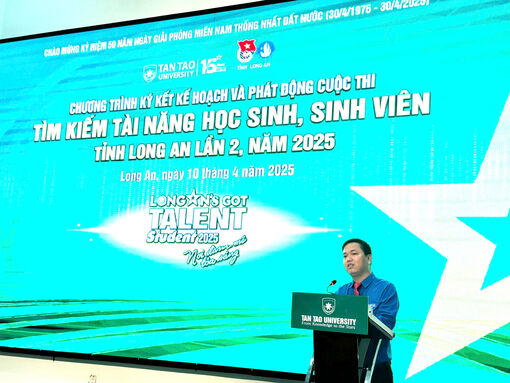
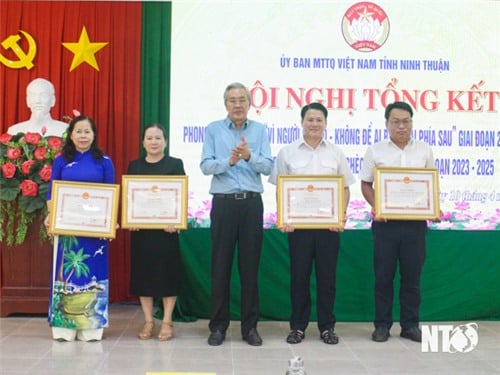

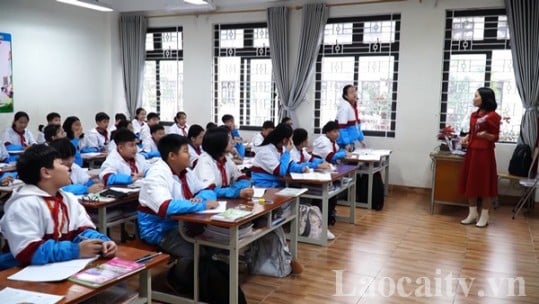




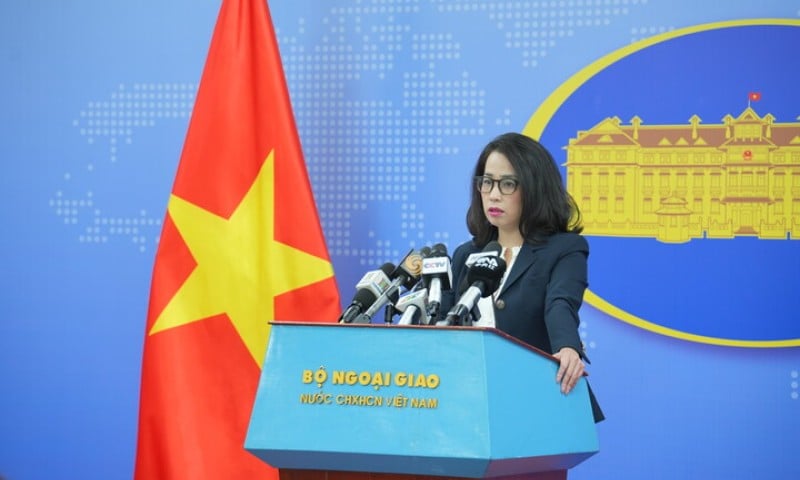
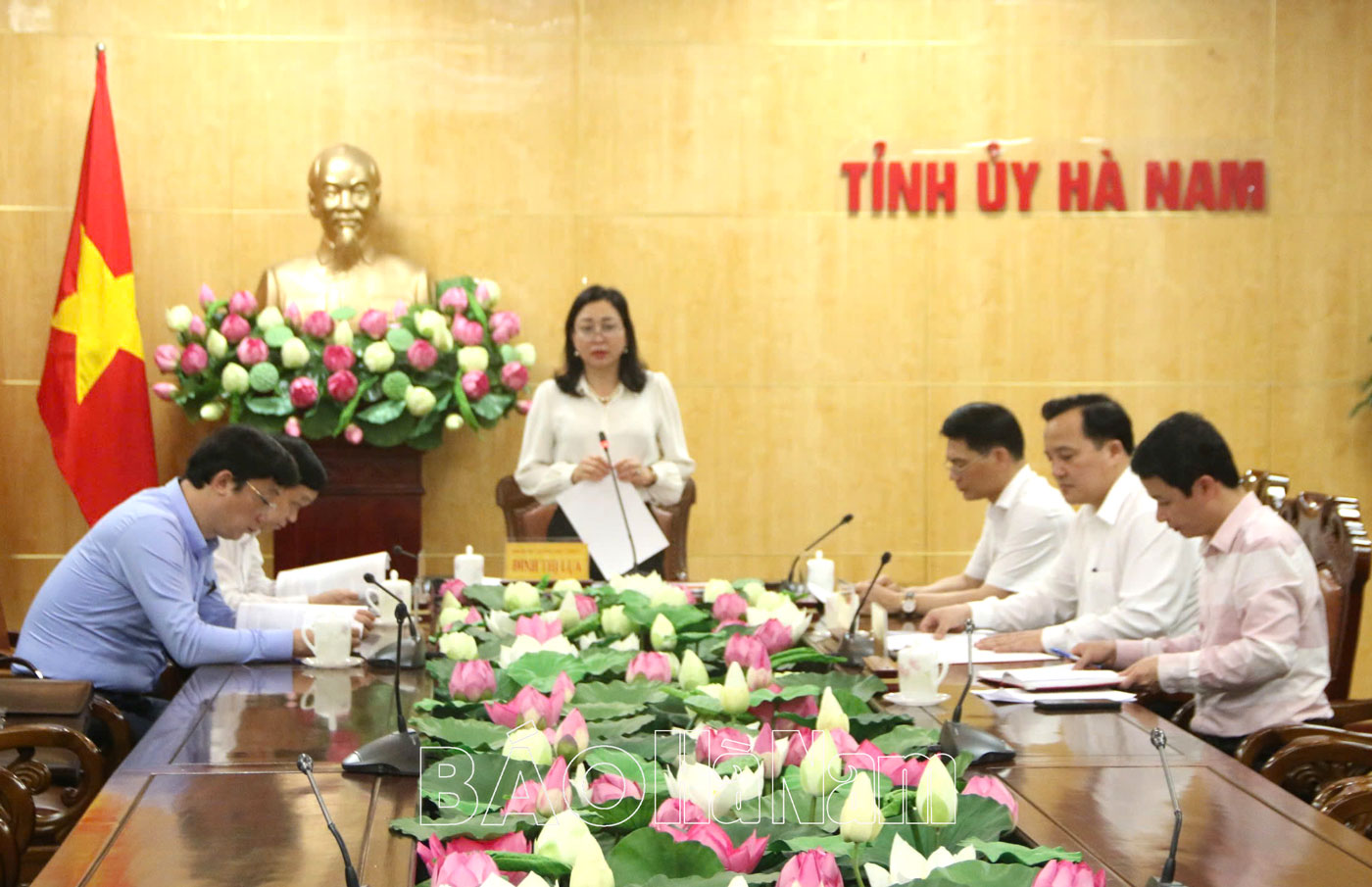
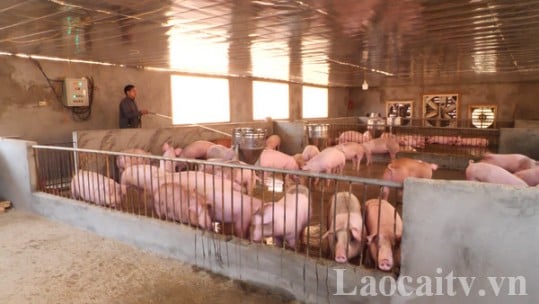
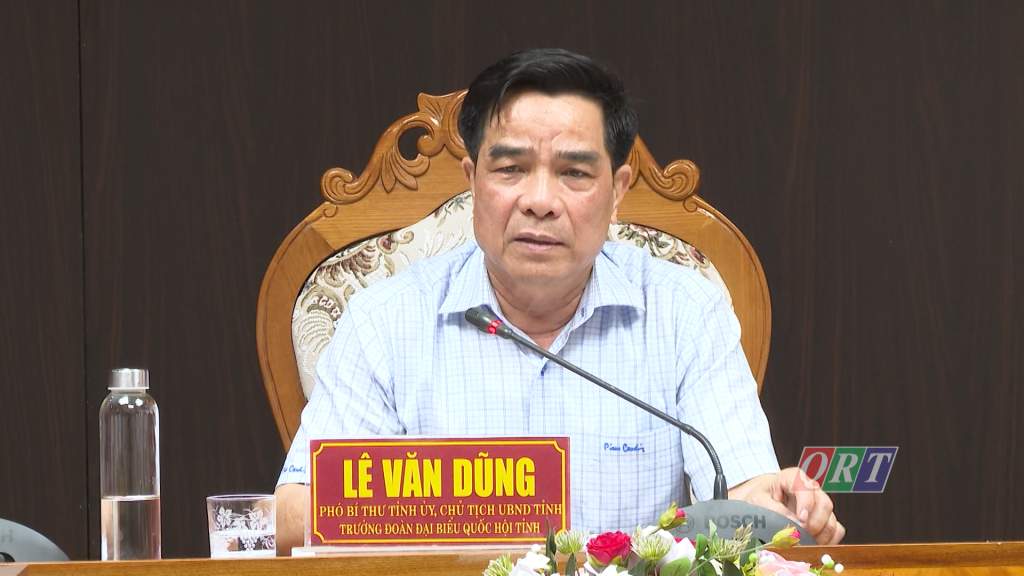
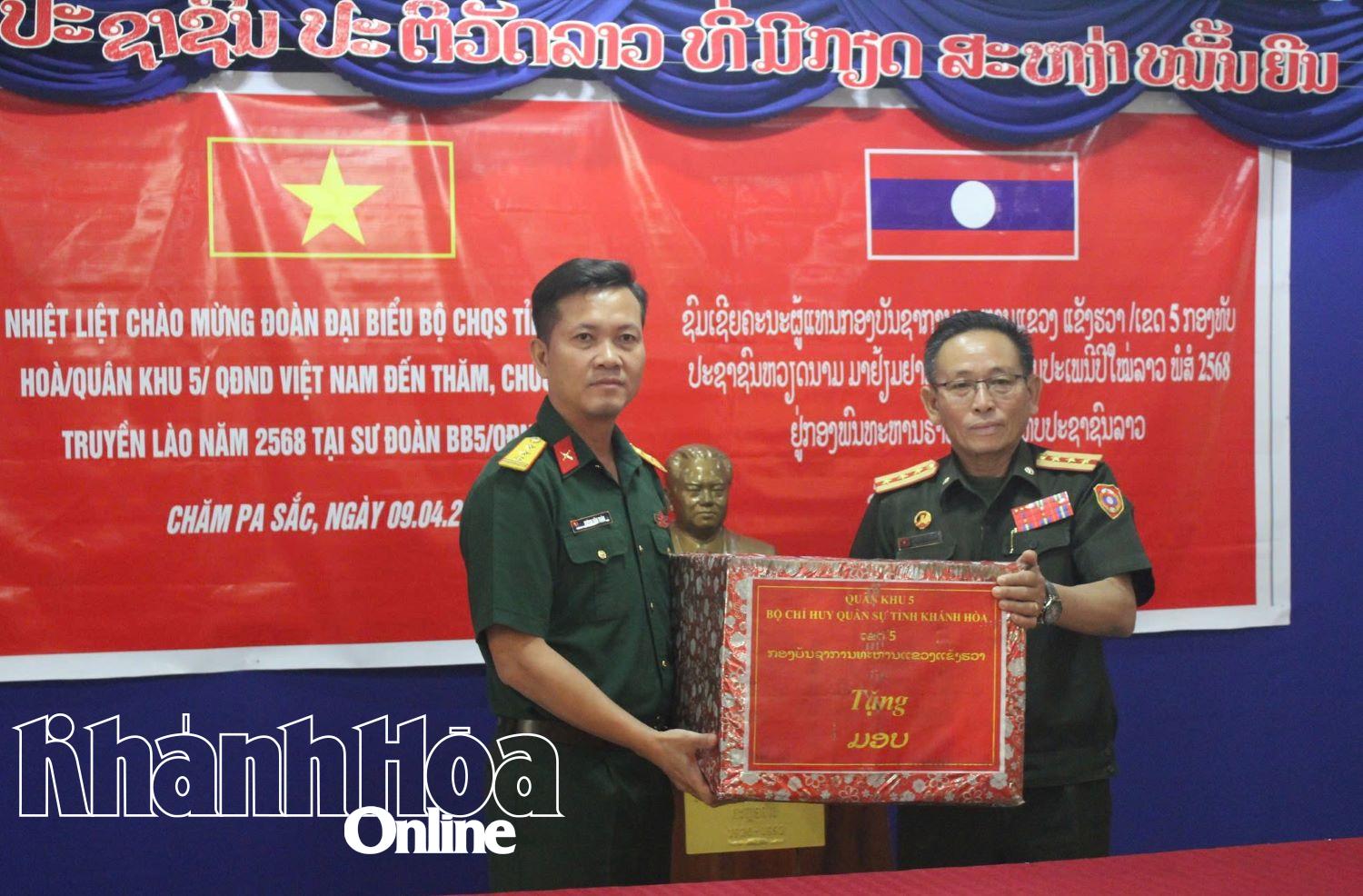
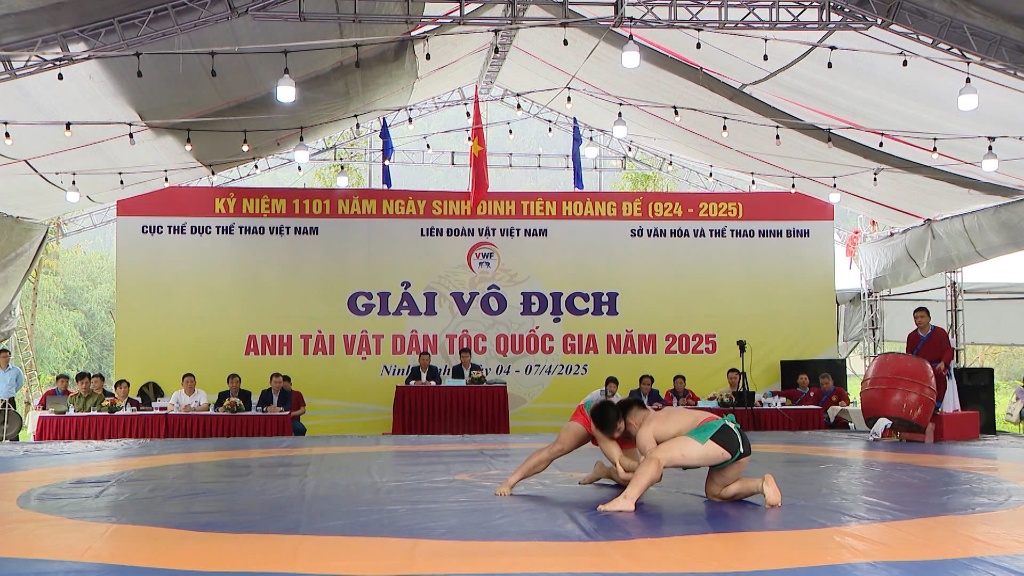










































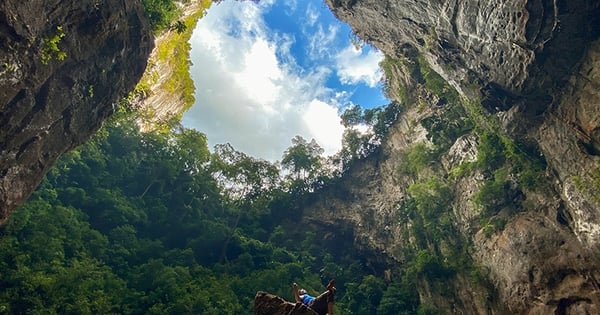
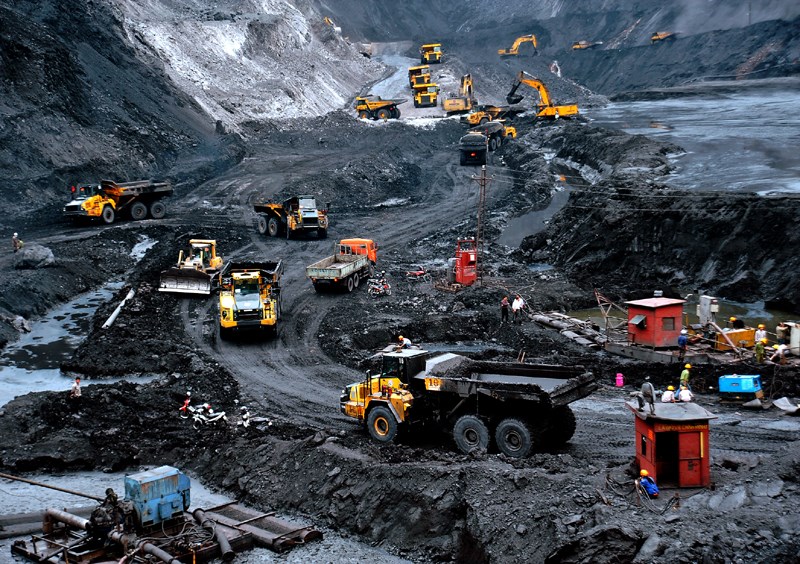

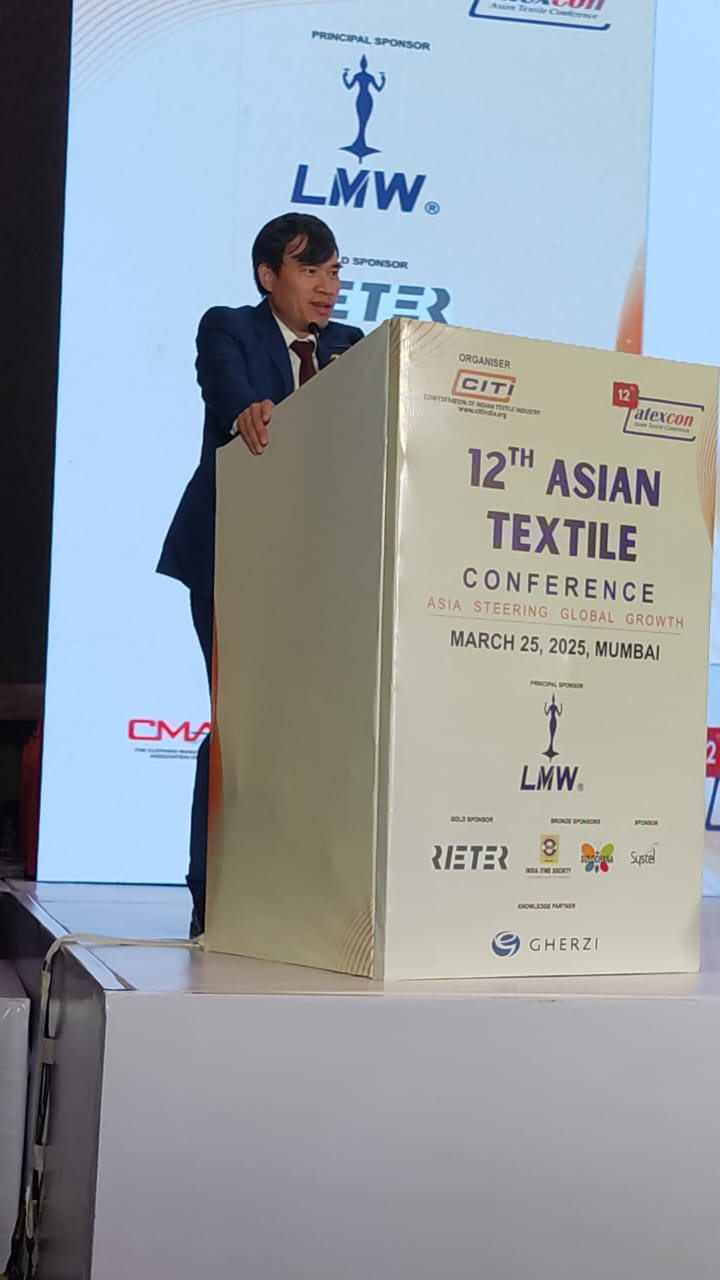
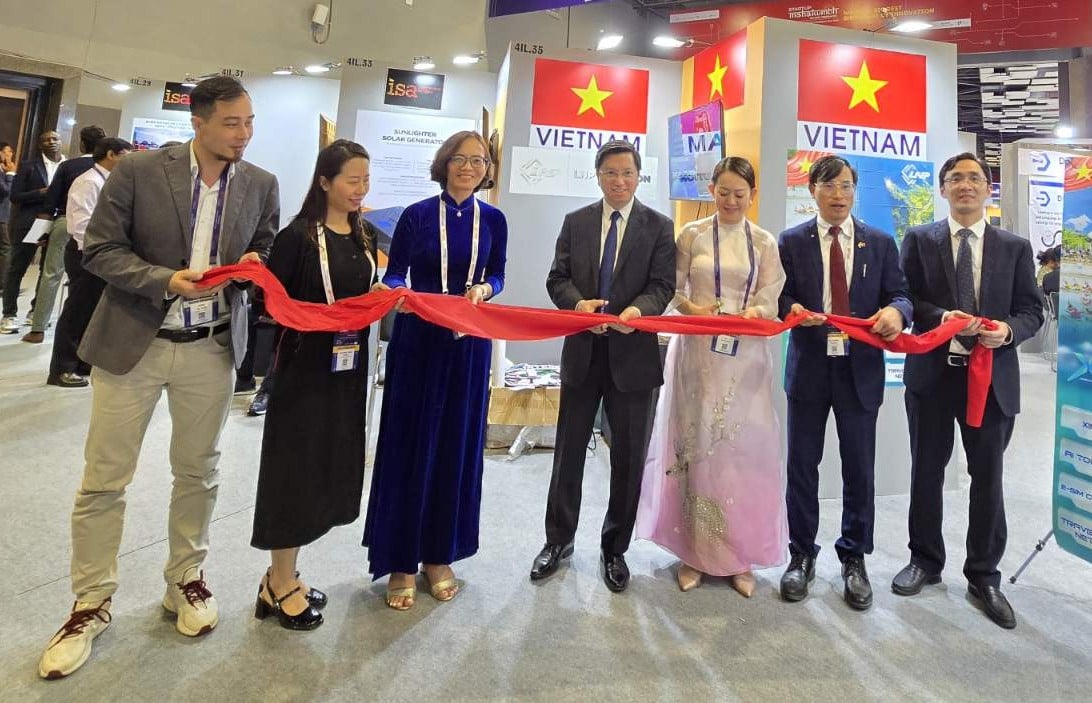
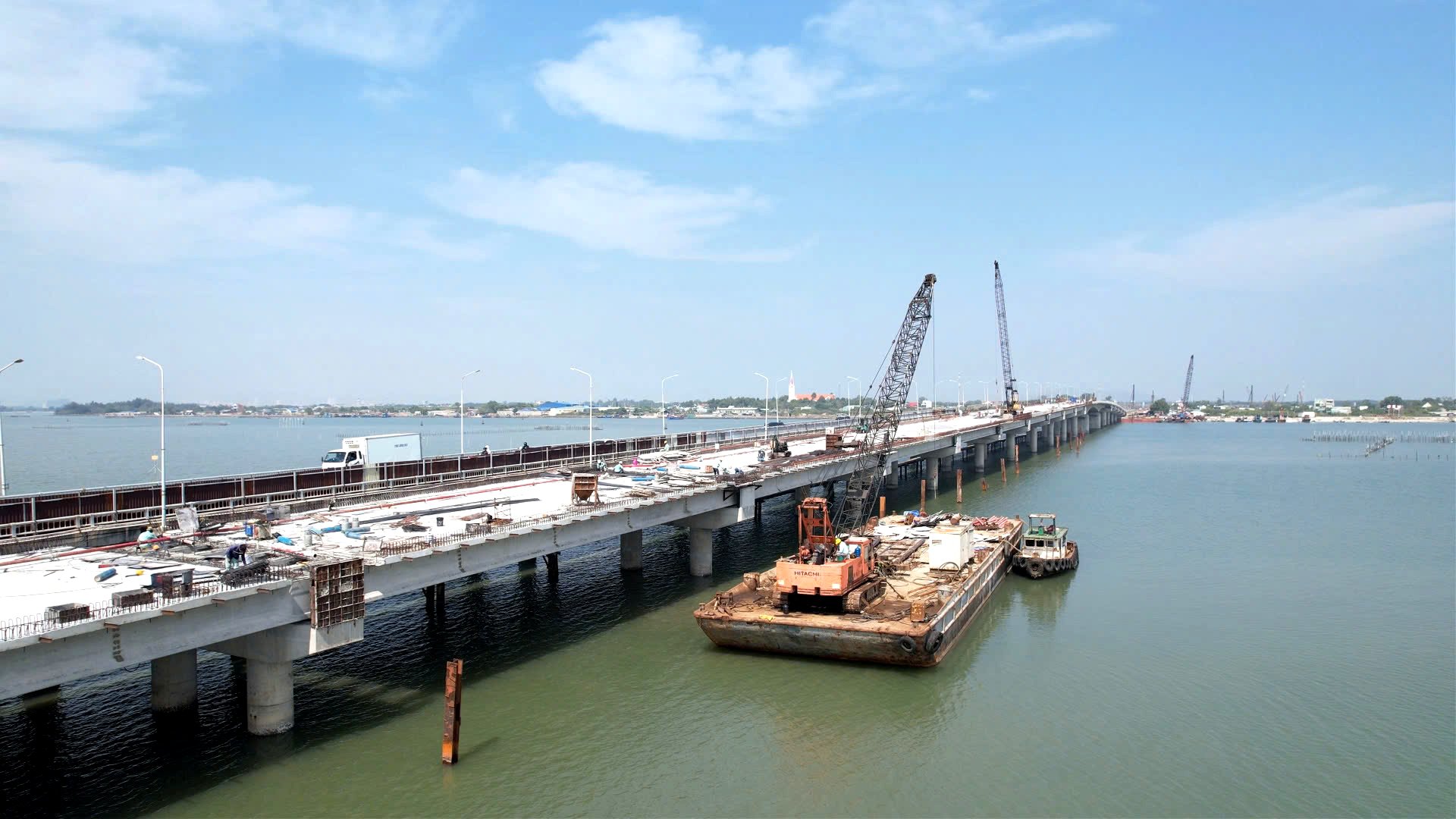

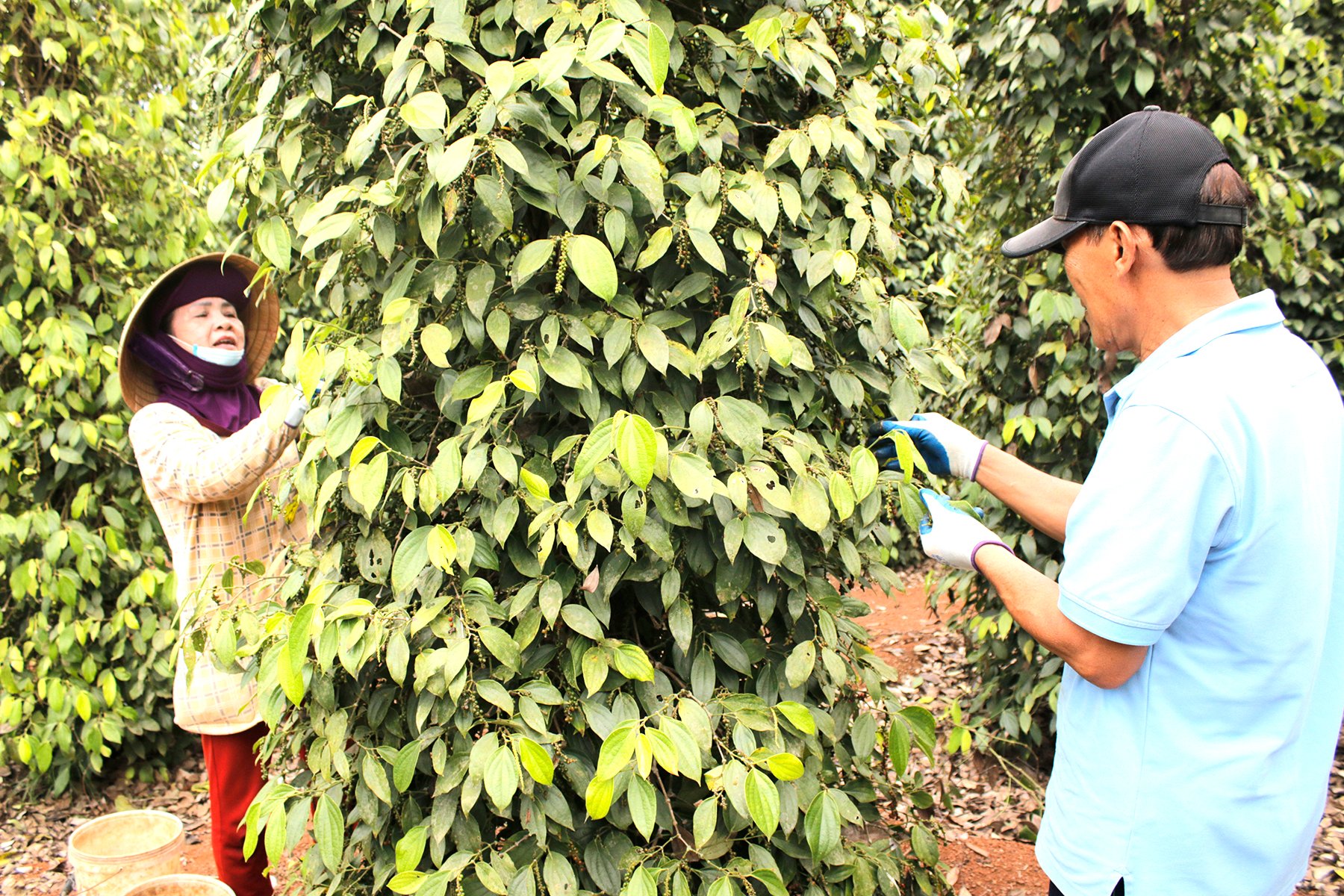
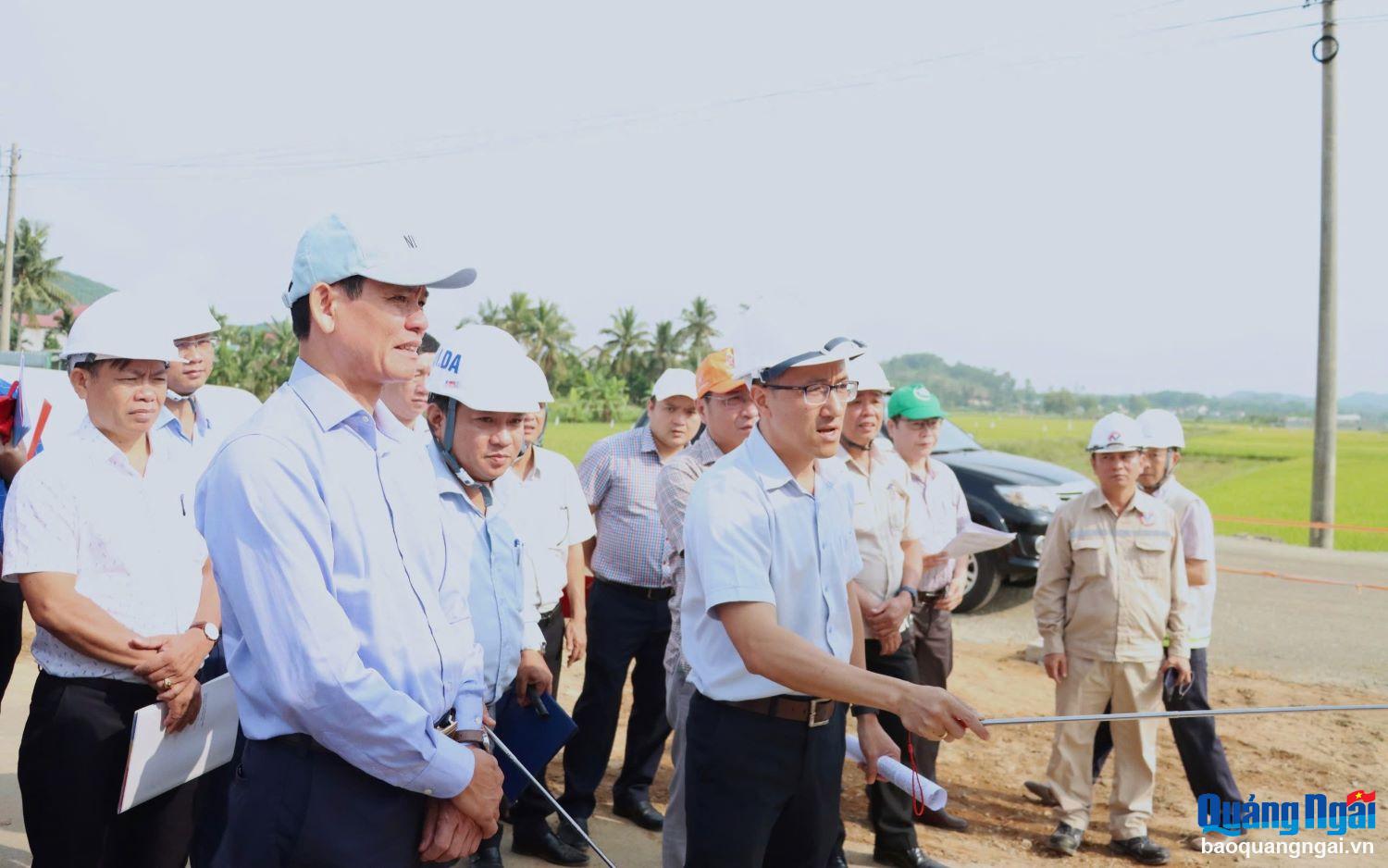








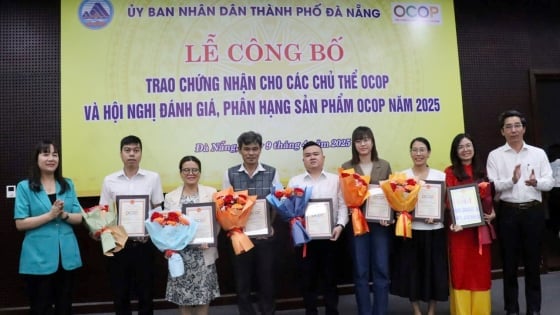
Comment (0)